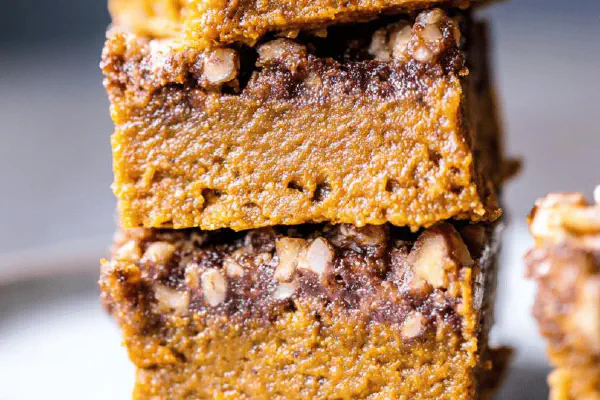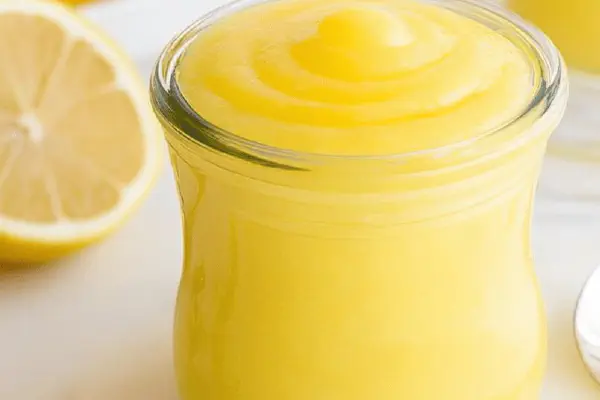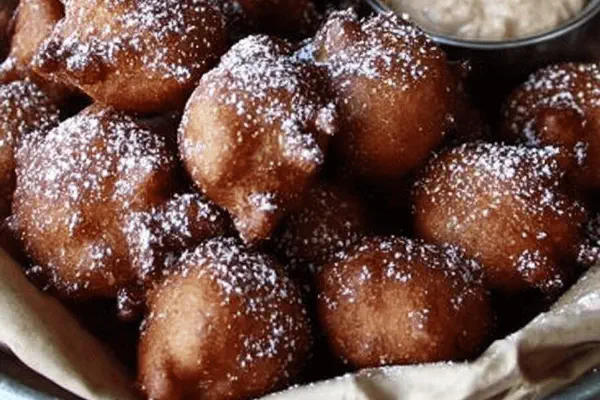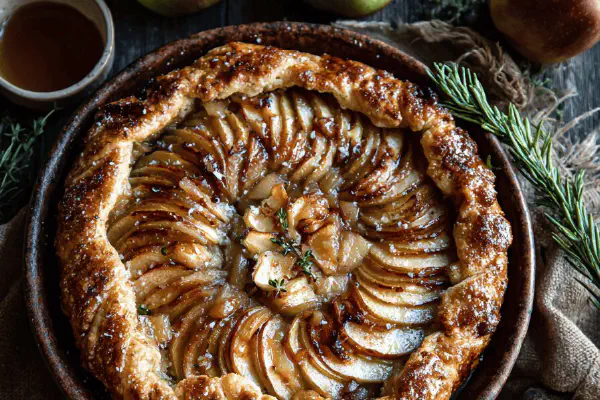Spiced Apple Filling
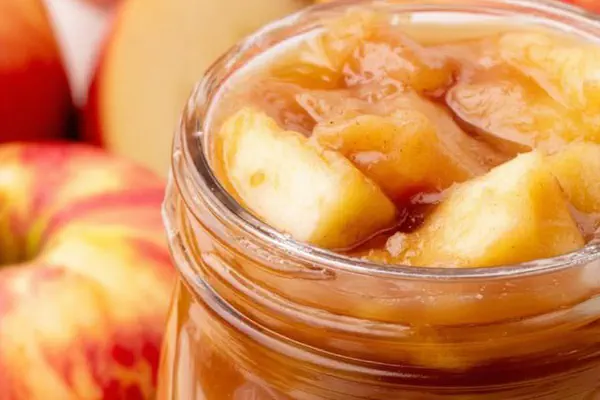
By Emma
Certified Culinary Professional
Ingredients
- 4 1/2 cups peeled crisp apples sliced rather thick
- 2 tablespoons fresh lemon juice
- 1/3 cup cold water divided
- 1/2 cup granulated sugar
- 3/8 cup packed light brown sugar slightly heaping
- 1 1/2 teaspoons apple pie spice replaced with cinnamon nutmeg blend
- 1/4 cup water for cooking
- 2 tablespoons cornstarch
About the ingredients
Method
Prep apples
- Toss sliced apples sturdy yet juicy in lemon juice thoroughly. Set aside so fruit holds bright tone and resists oxidation. Colors should stay fresh, not dull or mushy. Acid crucial here; swaps include lime juice or vinegar watered down if lemon missing. Avoid orange juice - too sweet, masks spice.
Simmer fruit
- Heat a thick-bottomed 3 to 4 quart pan over medium-high. Add apples coated with lemon, 1/4 cup water, granulated & brown sugars, and spice blend cinnamon mixed with pinch nutmeg. Bubbles form slowly, aroma rises sharp and warm, sugar melting into fruit, juices loosening. Avoid full rolling boil. Adjust heat so mixture simmers steadily. Cook until apples soften, edges slightly translucent but keep shape. Should be 6 to 8 minutes but check visually, poke with spoon gently. Too fast = mush, too slow = firm, puckery fruit.
Prepare slurry
- In small bowl or measuring cup mix cornstarch with 1/3 cup cold water until no lumps. Cold water crucial to prevent clumps wedding cornstarch prematurely. If unavailable, arrowroot or instant tapioca works but adjust consistency expectations.
Thicken filling
- Gradually pour slurry into simmering apples. Stir vigorously, constant motion mandatory. Volume thickens in seconds. Watch for glossy shine and texture resembling jelly, no gritty or pasty lumps allowed. If lumps form, whisk harder immediately. Over-thick risks gluey filling. Remove from heat just before too stiff. Cool in pan until slightly warm, then chill to set fully.
Storing and usage tips
- Cool completely before storing or use. Day in fridge max; freeze in portioned containers for months. If too thin after chilling, reheat gently with teaspoon cornstarch mixed with cold water. Thicken on stove, no microwave shortcuts - uneven heat ruins texture. Use as pie filling, layer in crisps, or dollop on breakfast dishes.
Cooking tips
Chef's notes
- 💡 Start apples tossed in lemon juice right away. Locks in bright color, slows brown oxidation. Lime juice or diluted vinegar works if lemon runs out. Avoid orange juice entirely — too sweet masks spice. Don't skip this acid step even if you think apples look fresh. Texture depends on this. Apples stay firm, edges soften not mushy. Timing here is everything; too quick and fruit breaks down, too slow and apples stay tough. Watch edges turn translucent, not center.
- 💡 Simmering needs steady medium heat. Avoid roaring boil that shreds fruit. Bubbles should gently rise like tiny bursts, slow but consistent. Use thick-bottom pan for consistent heat. Stir rarely at first, let juices soften apples. Once edges turn soft, poke with spoon gently to test doneness. Too fast means you lost texture. Sugar blending with juice releases aroma — cinnamon and nutmeg should smell warm but not overpower. Try fresh grated nutmeg over pre-ground if possible, fresher bite, better aroma.
- 💡 Mix cornstarch slurry fully in cold water before adding to apple mix. Warm water causes lumps — cornstarch quirks demand patience. Pour in slowly, stirring constantly, almost frantic, to avoid clumps. If lumps appear, whisk vigorously right away. Slurry thickens fast, watch for jelly-like shine, volume lifts up quickly. Remove from heat as soon as gloss appears, before mixture stiffens too much or fills with gluey, pasty texture. Cool in pan a bit then refrigerate to set fully.
- 💡 For sugar, brown adds molasses depth—lighter brown keeps it subtle. Regular granulated sugar balances sweetness and syrup texture. Can halve total sugar if you want less syrupy finish, but expect thinner sauce. Vanilla or grated ginger during simmer adds nice zing without overwhelm. For thickener alternatives, tapioca or arrowroot work, but each shifts texture — arrowroot can make softer gel, tapioca more fibrous. Experiment here but adjust slurry water ratio accordingly.
- 💡 Once cooled, filling stores max 24 hours in fridge, freeze for months in portions. Reheat gently in pan with tiny cornstarch slurry if too thin after chilling. Don’t microwave if texture matters — uneven heat ruins it. Keep stirring while heating. Watch filling breakdown signs: watery, fermented smell, mushy chunks means too long. Use soon or freeze. Keeps in sealed container tightly. Prep all ingredients before cooking — timing and stirring crucial to avoid lumps and texture issues.
Common questions
How do I stop apples from browning?
Toss sliced apples in fresh lemon juice right away. If no lemon, lime or diluted vinegar helps. Orange juice too sweet, avoid. Acid stops oxidation that turns apple gray. Works best if apples are coated fully and rest briefly before cooking.
Can I use other thickeners besides cornstarch?
Yes, tapioca or arrowroot. Tapioca changes texture, slightly fibrous. Arrowroot softer gel but less stable on reheating. Slurry water amount must change. Cold water always key. Warm water lumps starch fast. Adjust stirring speed and cooking time depending on thickener.
What if filling gets lumpy or gluey?
Stop heat fast if glue appears. Stir constantly while adding slurry to prevent lumps. If lumps start, whisk hard immediately. Over-thickening leads to pasty glue. Pour slurry slowly. Watch for jelly gloss signals to pull pan. If lumps remain after cooling, reheating rarely fixes texture.
Best way to store leftover filling?
Cool fully before sealing tight. Use within 1 day fridge max or freeze in portion sizes for months. Thaw slowly, reheat on stovetop while stirring. Re-thicken with small slurry batch if thinning. Avoid microwave for uneven heating; ruins texture faster. Check filling for sour smell or watery liquid before reuse.
